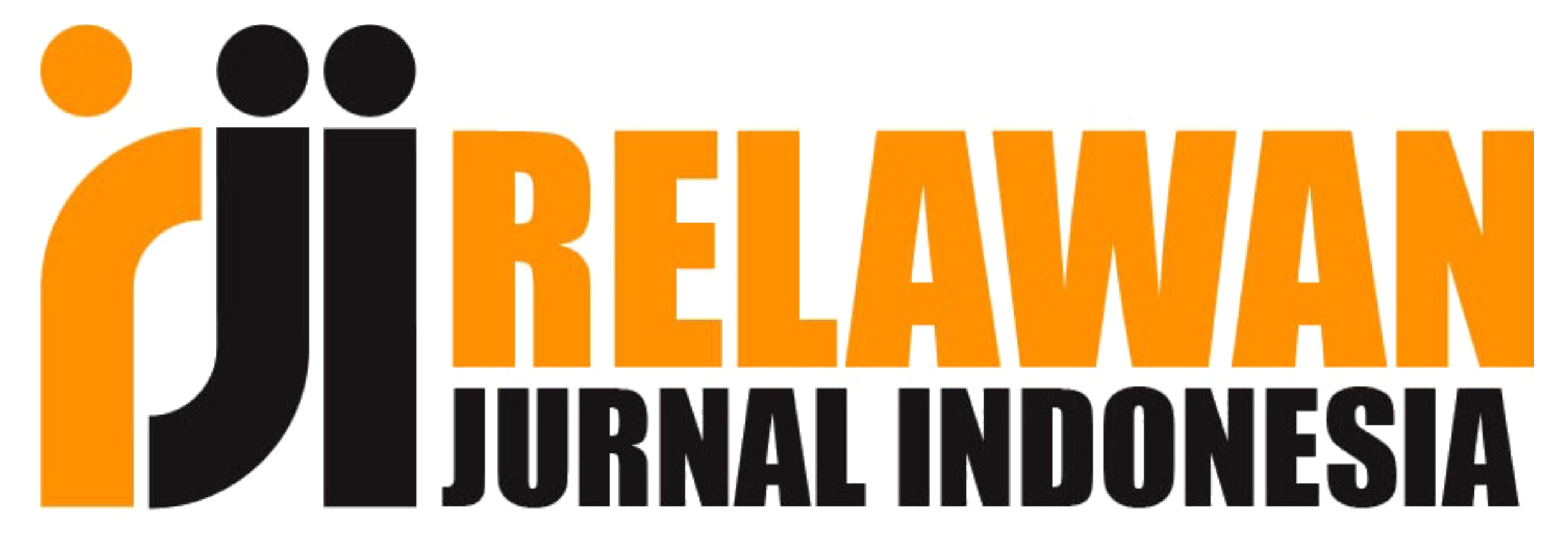Kreativitas guru dalam meningkatkan hasil belajar siswa pada mata pelajaran PPKn di SMP Kristen Getsemani Sario Kota Baru Manado
DOI:
https://doi.org/10.61476/qn9ja542Keywords:
Teacher Creativity, Improves, Learning, OutcomesAbstract
This study will examine how teacher innovation can improve student learning outcomes in the subject of Pancasila and Citizenship Education (PPKn) at SMP Kristen Getsemani Sario Kota Baru Manado. The research approach used is descriptive qualitative, with data collection through observation, interviews, and documentation. The subjects of the study were the principal, PPKn teachers, and students. The results of the study indicate that instructor innovation in PPKn learning is very important for improving student learning outcomes. Teachers use a variety of innovative approaches to increase student participation, including group discussions, project-based learning (PjBL), and debates. Furthermore, research has shown that the use of digital learning media such as educational videos, infographics, and interactive simulations can help students understand abstract concepts in PPKn. These findings are consistent with Vygotsky's social learning theory and Bloom's idea of three domains in education, as well as the domains that must be met in terms of cognitive, emotional, and psychomotor skills to create student competence and dramatically improve learning outcomes.
References
Afriyanti, D. N., Saepudin, Suryahim, I., &Wati, Y. H. S. (2024). Pengaruh Karakter Siswa dan Motivasi Belajar Terhadap Kompetensi Belajar Akidah Akhlak Siswa Madrasah Aliyah Negeri Kabupaten Kuningan. Reslaj : Religion Education Social Laa Roiba Journal, 5(1), 168–184. Link .https://doi.org/10.47476/reslai.v6i3.668
Anik Handayani,Henny dewi koeswanti (2021) Meta-Analisis Model Pembelajaran Problem Based Learning (PBL) Untuk Meningkatkan Kemampuan Berpikir Kreatif
Bloom, B. S. (1956). Taxonomy of Educational Objectives: The Classification of Educational Goals. New York: Longman
Dale, E. (1969). Audio-Visual Methods in Teaching. New York: Holt, Rinehart & Winston.
Fullan, M. (2007). The New Meaning of Educational Change. New York: Teachers College Press.
Hamalik, Oemar.2009.Proses Belajar Mengajar Cet. I; Jakarta: PT Bumi Aksara
Munandar, U. (2009). Pengembangan Kreativitas Anak Berbakat. Jakarta: Rineka Cipta.
Purnamaningrum. (2012). Peningkatan Kemampuan Berpikir Kreatif Melalui Problem Based Learning (PBL) pada Pembelajaran Siswa Kelas X-10 SMA Negeri 3 Surakarta Tahun Pelajaran 2011/2012. Perpustakaan Universitas Sebelas maret. Jurnal Basicedu Vol 5No 3Tahun 2021 p-ISSN 2580-3735 e-ISSN 2580-1147 : https://jbasic.org/index.php/basicedu
Piaget, J. (1972). The Psychology of Intelligence. Totowa, NJ: Littlefield, Adams.
Psychological Processes. Cambridge, MA: Harvard University Press.
Rusyan, T. (1992) pendekatan dalam proses belajar mengajar. Bandung: Remaja Rosdakarya
Risna, (2018: 4). Guru kreatif dapat menciptakan suasana belajar menyenangkan sehingga siswa yang jenuh akan semangat lagi
Rsyad, A. (2011). Media Pembelajaran. Jakarta: RajaGrafindo Persada.
Soyomukti, (2015:22) Pendidikan Adalah Pandangan Hidup Seseorang Dan Pengalaman Belajar Dapat Berlangsung Dalam Segala Lingkungan Dan Sepanjang Hayat.
Slavin, R. E. (2011). Cooperative Learning: Theory, Research, and Practice. Boston: Allyn & Bacon.
Sugiyono. (2016). Metode Penelitian Kuantitatif, Kualitatif dan R&D. Bandung: Alfabeta.
Suharsimi, A. (2006). Prosedur Penelitian: Suatu Pendekatan Praktik. Jakarta: Rineka Cipta.
Sumadi, S. (1998). Dasar-dasar Metodologi Penelitian. Jakarta: Pustaka LP3ES Indonesia.
Supardi. 2011.Dasar-dasar Ilmu Sosial. Yogyakarta: Ombak.
Sudjana, Nana. 2009. Penilaian Hasil Proses Belajar Mengajar. Bandung: Remaja Rosdakarya.link.https://journal.unpas.ac.id/index.php/pendas/article/view/571/565
Timiks Merpati, Dalam Kamus Besar Indonesia (1993: 288), menguraikan bahwa guru adalah orang yang pekerjaannya, mata pencahariannya, dan profesinya mengajar. Jurnal Civic Education, Vol. 2 No. 2 Desember 2018.
Link. http://ejournal.unima.ac.id/index.php/ice/article/view/772
Tomlinson, C. A. (2001). How to Differentiate Instruction in Mixed-Ability Classrooms. Alexandria, VA: ASCD.
Usman, Moh. Uzer .2009. Menjadi Guru Profesional. Cet. XXIII; Bandung: PT Remaja Rosdakarya.
Vygotsky, L. S. (1978). Mind in Society: The Development of Higher
Published
Issue
Section
License
Copyright (c) 2025 Margu Sanda Ganna, Julien Biringan, Telly Delly Wua (Author)

This work is licensed under a Creative Commons Attribution-ShareAlike 4.0 International License.












